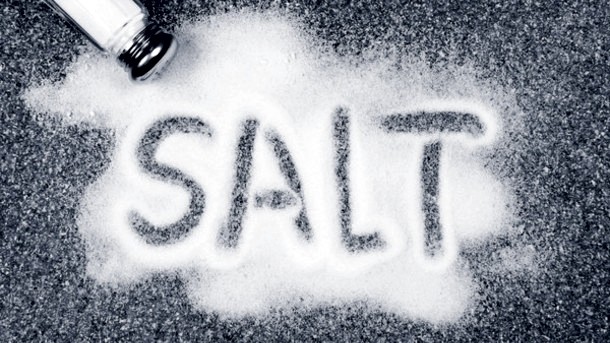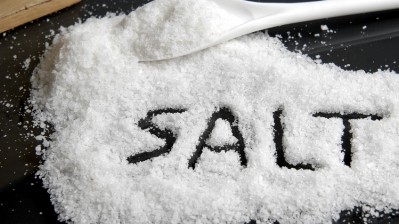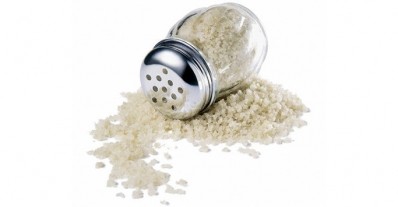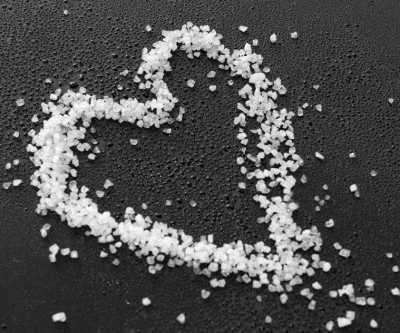India
Mis-stating sodium content is commonplace, claims researcher

“Manufacturing companies are not displaying the analysed values of sodium, potassium or any other ingredients like protein or fibre,” Suneeta S. Chandorkar, of MS University, Vadodara, said.
“They simply put the calculated values of such ingredients, which misleads consumers.”
Chandorkar, who analysed 154 popular branded food products for their nutritional veracity, said that the analysed values were broadly higher than the reported ones.
“We are supposed to consume about 5g of sodium per day. However, we end up consuming anywhere between 8.5 grams to 10 grams per day, which is definitely on the higher side,” Dr Chandorkar said.
She added that some food manufacturers also do not reveal the source of the sodium in the ingredient list.
“There are numerous food products that are made with baking powder, black salt and other alternate sources. Food labels do not display the exact amount of salt that has gone into manufacturing products that are made up of such sources. This is keeping the customers in the dark. We have approached with FSSAI with the issue,” Dr Chandorkar said.
According to the FSSAI, India’s food regulator, manufacturers must provide information on ingredients, allergens, colours and flavours, and nutrition content on the nutrition fact panel.
Dr Chandorkar’s study found that the analysed sodium content was found to be higher than the reported values across a range of products, including cereal, baby foods, pasta, juices, jam, butter and cheese, and spreads and dips.











